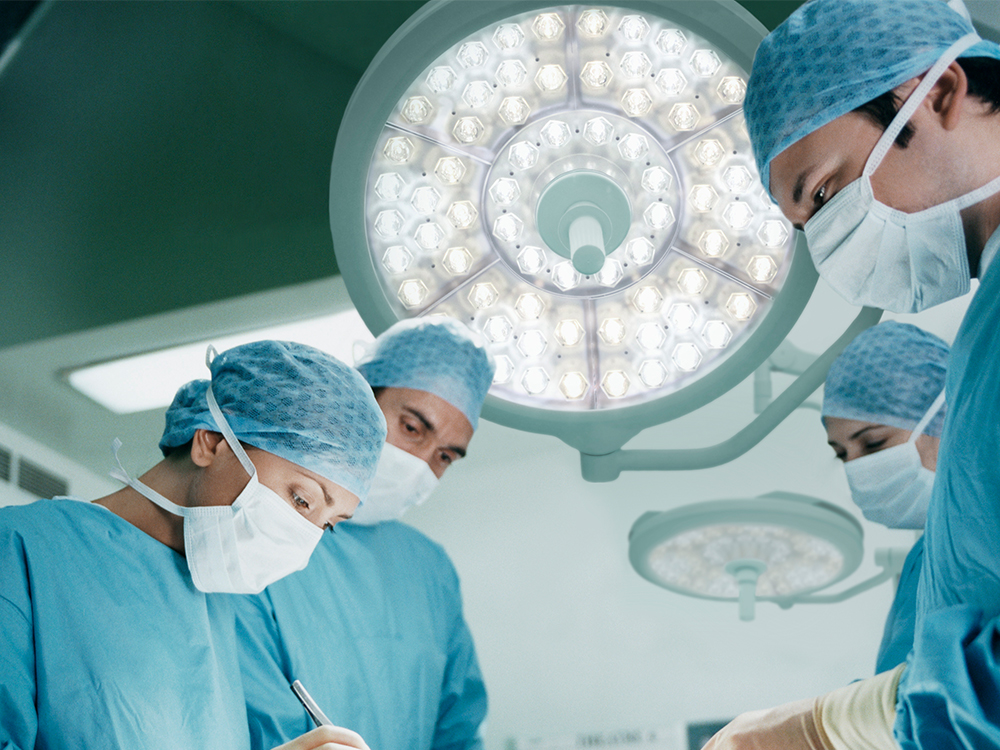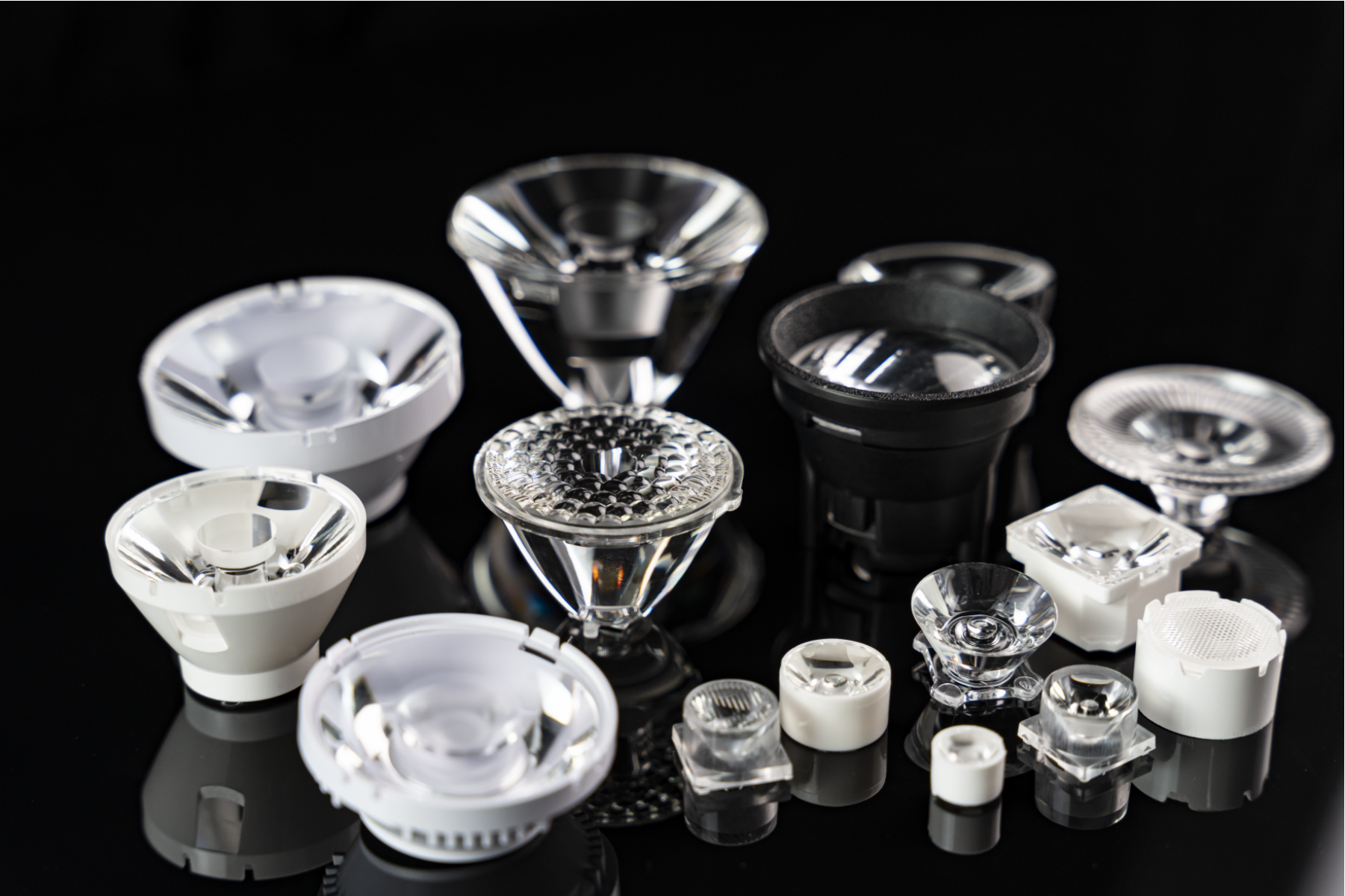

Surgical lighting lenses play a crucial role in the operating room, providing optimal illumination for surgical procedures. These lenses are designed to enhance visibility and precision, ensuring that surgeons can perform complex tasks with confidence. In this article, we will explore the optical requirements, distinctive features, functions, and various applications of surgical lighting lenses.
The optical requirements for surgical lighting lenses are stringent, as they must deliver high-quality illumination, high lighting intensity with uniformed lights pattern as well as D50/D10≥0.5.
The primary functions of surgical lighting lenses include:
1. Illumination: Providing bright, focused light to illuminate the surgical site, allowing for enhanced visibility of tissues and structures.
2. Shadow Reduction: Minimizing shadows created by the surgeon's hands and instruments, ensuring a clear view of the operative area.
3. Depth Perception: Enhancing depth perception through controlled lighting, which is vital for performing delicate procedures.
4. Color Accuracy: Ensuring accurate color representation to assist surgeons in identifying different tissue types and conditions.
Applications:
Surgical lighting lenses are used in a variety of medical fields, including:
1. General Surgery: Essential for routine procedures where clear visibility is critical.
2. Orthopedic Surgery: Used in procedures involving bones and joints, where precision is paramount.
3. Neurosurgery: Vital for surgeries on the brain and spinal cord, where even slight misjudgments can have significant consequences.
4. Ophthalmology: Critical for eye surgeries, where detail and accuracy are crucial for patient outcomes.
5. Dental Surgery: Used in dental procedures to ensure that dentists can see fine details within the oral cavity.
Surgical lighting lenses are indispensable tools in modern medicine, designed to meet rigorous optical standards while enhancing surgical outcomes. Their features and functions ensure that surgeons can operate with precision and confidence, ultimately improving patient safety and care. As technology advances, the development of surgical lighting lenses will continue to evolve, further enhancing the capabilities of surgical teams around the world.


